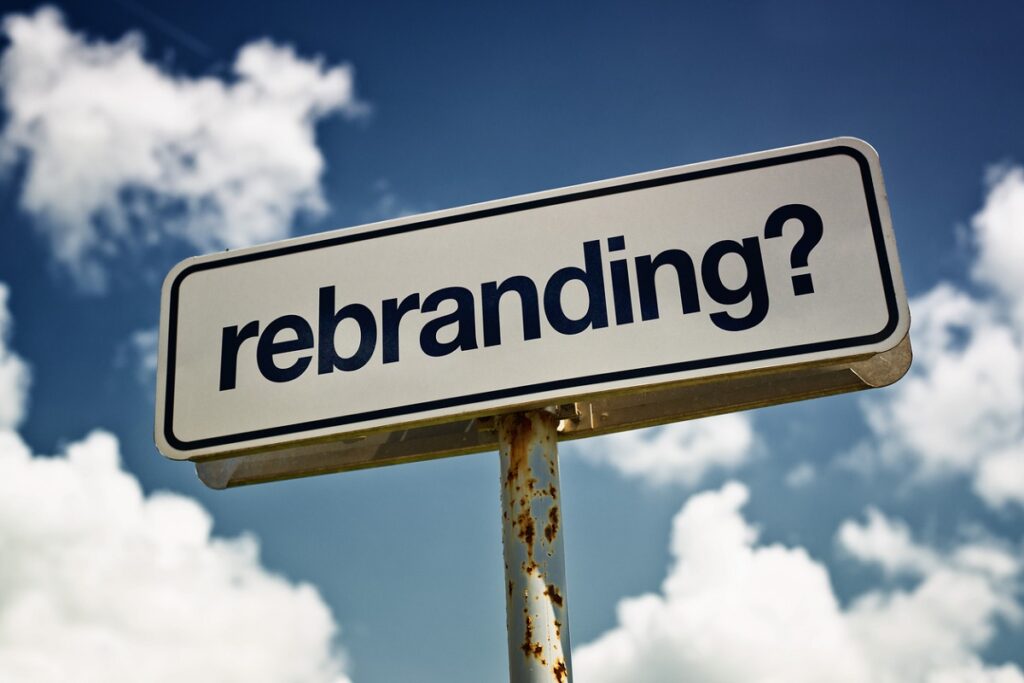Employee experience (EX) is the new buzzword, concentrating on key touch-points in employee journeys. Without a change in mindset though, it is in danger of just being a re-branding exercise with little value.
In order for employee experience to add value, it must be integrated with the customer experience (CX) and become a strategy that is not owned by HR but rather a collaborative strategy that is connected throughout the organisation.
Traditionally HR has been concerned with policies and processes whilst ‘partnering’ with business managers to ensure they are carried out as intended.
We are now incorporating a more analytical approach however HR tends to focus on data concerning our internal people and the costs and risks associated with employees. This may still fail to deliver as it lacks contextualisation and is not human-centred; both employee and customer.
Having designed a structure for the HR team that includes working directly with our frontline staff and customers, we have seen the value this adds in practice and how the perception of HR has changed.
The three key areas within the team are:
- PROCESSES – transactional day-to-day tasks and supporting line managers carry out these tasks
- SYSTEMS – digital experience of our people to ensure positive user experiences
- PEOPLE – problem-solving and business strategy from insight gained through working in the frontline staff and customer environments

This model is not meant to create silos within the HR function and the teams work cohesively. The very nature of HR’s role being involved in the revenue-generating business area, is in itself motivating as the value to the business is clear and ‘back office’ is no longer a part of our role description.
Recent research by Professor Moira Clarke, Henley Business School offers evidence that supports this approach further by using Structural Equation Modelling (SEM) instead of correlation. We hear many citations of how employee engagement correlates positively to customer satisfaction.
Assumptions are then made that this proves the business value of employee engagement however it does not specify whether one causes the other or if the data relationship may just be coincidental.
SEM centres on assessing causation not correlation and therefore the results offer far more value. Clarke found that employee engagement causes an impact to employee retention and well-being.
However, there was no causal link found between employee engagement and customer satisfaction/organisational performance. What did cause an impact to the customer experience and organisational performance is what Clarke terms as the ‘service climate’:
- Organisational/Team Structure
- Rewards and Recognition
- Organisational/Team Cohesion
- Warmth and Support
- Customer Care
These factors contribute to creating a positive working environment for frontline staff that interact with customers.
Clarke also emphasises the need to ensure frontline staff have the skills to do their roles and not viewing recognition as some ‘Employee of the Month’ initiative, but actually recognising your staff through empowering them to make decisions in order to deliver to the customer in the moment.
The paradigm shift model below outlines the importance of your frontline staff in relation to the customer and how insight to formulate strategy should flow in the organisation, from frontline staff to the CEO.

From first-hand experience under the HR team model outlined earlier, this led to the design of how a holistic view of people’s experiences could be understood with contribution from Professor Karen Cham, University of Brighton who specialises in Digital Transformation Design.
The Stakeholder Experience Feedback Loop below is based on the assumption that: Employee Experience (EX) x Customer Experience (CX) = Shareholder Experience (SX)

This is not a static model and should be tailored for the organisation and adapted through iterative development. Each stakeholder’s organisational levers create emotional responses that define our people’s behaviours.
It may transpire that customer organisational levers are impacting employee behaviours and vice versa which is where we need to learn more about which levers create the desired behavioural responses that deliver the required KPI outcome results.
Emotive responses and behaviours need to be measured effectively as they tell the story of the organisational ecosystem and ensure we don’t just make assumptions to justify investment in our organisational levers where the link to our outcomes may seem tenuous.
For example, employee engagement is not a lever but a set of behaviours which are symptomatic. This framework is designed to show the critical nature of authentic, meaningful experiences and the importance of humanising them; whether digital or otherwise.
Therefore, before HR start making glossy Employee Experience diagrams it’s important we re-think our role. The stakeholder framework is not a magic solution, but rather a basis for targeting your data analysis and insight to feed into your design processes.
Having a holistic approach to organisational dynamics, working across and with all functions to understand the relationships of our people so we can re-design experiences must be the strategic role we’ve been searching for.
References
Clarke. M, Harrington. T, Myers. A. 2016. Promoting Excellence in Customer Management:
Emerging Trends in Business. Henley Centre for Customer Management.
Edited by Dymek. M, Zackariasson. P. 2017. The Business of Gamification. Routledge






